Sierra Vista Campus

College of Applied Science and Technology
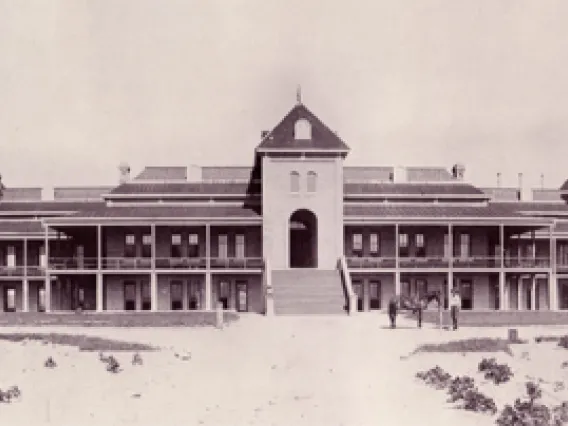
1885
The University is Founded
It was in 1885 that the Thirteenth Territorial Legislature founded The University of Arizona with an appropriation of $25,000 -- but no land. This appropriation was not welcomed by many residents of Tucson and Pima County, as they were looking for either the state capitol, a prison, or even an asylum for the insane -- but not a university.
Classes began in 1891 with 32 students and six teachers; all accommodated in one building. The original building, Old Main, is still in use. The first class graduated in 1895 when three students received their degrees.
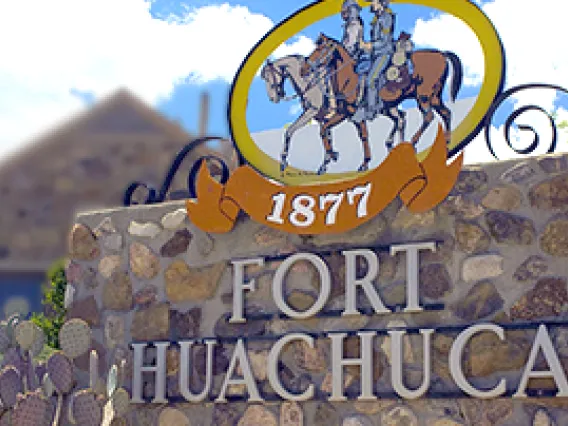
1964
Expansion into Southern Arizona
Course and program offerings date to a time before the establishment of Cochise Community College in Douglas in 1964. Lower-division, upper-division, and graduate courses were offered until the formation of the Sierra Vista Campus of Cochise College in the late 1970s. Since that time, The University of Arizona efforts in Sierra Vista have focused on upper-division and graduate courses, with selected lower-division classes offered occasionally when Cochise College could not meet community needs. Classes were held in donated space in the Army Education Center until 1990 when shifting community demands precipitated a move for most classes to space rented from the Sierra Vista Public Schools. Classes offered in Sierra Vista did not receive state support and were run on a "pay-as-you-go basis."
The Division of Continuing Education maintained responsibility for classes in Sierra Vista/Fort Huachuca through its Tucson offices until the early 1980s. A local program coordinator was hired who staffed an office at the Fort Huachuca Army Education Center in the mornings and a storefront office in Sierra Vista in the afternoons.
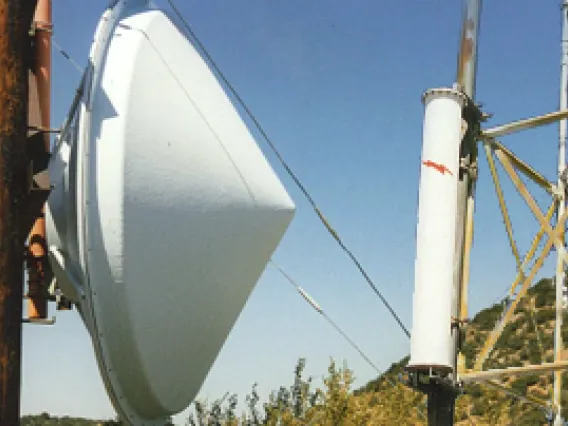
1984
Technology Connects
In fall 1984, Fort Huachuca was electronically connected to classrooms on the Tucson Campus via a direct microwave transmission path between the Harvill Building and the Army Education Center. This live connection made it possible to offer a master’s degree in electrical and computer engineering, and other specialized certification programs and classes. This microwave link was built by the military without state expenditures and represented a federal commitment of over $250,000. In 1992, responsibility for maintaining the equipment was transferred to the University.
In 1987, Cochise College’s student services area in Sierra Vista became the new afternoon home of the local program coordinator. Classes were still self-support taught by part-time faculty approved by the home departments in Tucson. Some of the faculty were from the local community, but most commuted once a week to teach evening classes.
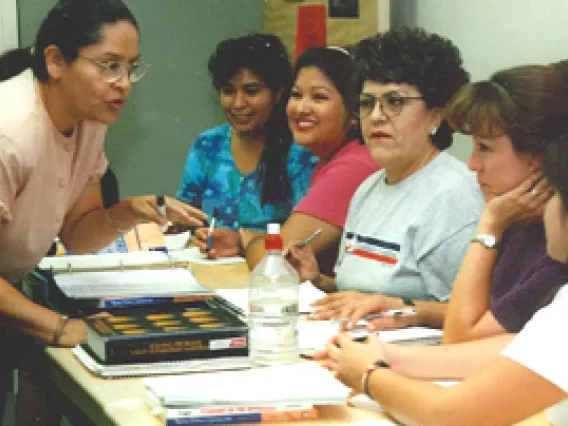
1988
Services Grow
The Sierra Vista Program Center was made an official Off-Campus Center by the Arizona Board of Regents beginning fall 1988. This designation provided state funding to expand services, add a director and staff, and most importantly, hire the first permanent faculty assigned to Sierra Vista. Offices and two classrooms were rented in Sierra Vista for new staff and faculty at 2500 E. Fry Boulevard. The microwave-receiving site was moved from Fort Huachuca to one of the Sierra Vista classrooms. Additional classrooms were rented from the Sierra Vista Public Schools.

1995
Officially a Branch Campus
On March 9, 1995, the Arizona Board of Regents voted unanimously to designate the Sierra Vista Campus as an official branch campus of The University of Arizona. This designation allowed The University of Arizona Sierra Vista to request separate funding from the Arizona Legislature in 1996 to expand the degree programs and services available to students in southern Arizona and northern Mexico.
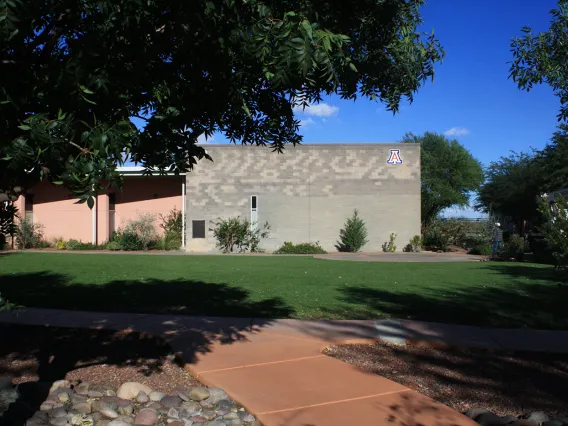
1999
A New Name & Building
Several important developments occurred in 1999. In April, the Arizona Board of Regents approved a new name, The University of Arizona South. This change was in recognition of the expansion of responsibilities throughout southern Arizona, particularly the establishment of an office in Douglas through a partnership with the Mayor and City of Douglas. Also, the Arizona Legislature appropriated, and the governor approved $4.25 million to construct the Academic/Technology Building to house classrooms, a Learning Resource Center, and offices.

2002
Partnerships Flourish
In the fall of 2002, UA South began a new partnership with the East Campus of Pima Community College and the Vail School District. This year was also distinguished as the first time UA South was federally designated as an eligible Hispanic Serving Institution. In fall 2003, Cochise College assumed responsibility for providing classes and degree programs to Santa Cruz County with the establishment of a center in Nogales. UA South anticipates partnering with Cochise College in Nogales to provide baccalaureate programs.

2003
Focusing on Regional Needs
During the summer of 2003 UA South’s faculty received authority from the Arizona Board of Regents to develop and implement curriculum and degree programs unique to UA South, enabling faculty to respond more creatively to community and regional needs. In 2004, the University South Foundation opened the Patterson Observatory, designed to be a research venue for local astronomers, a resource for K-graduate students and educators, and a public viewing site for the community.
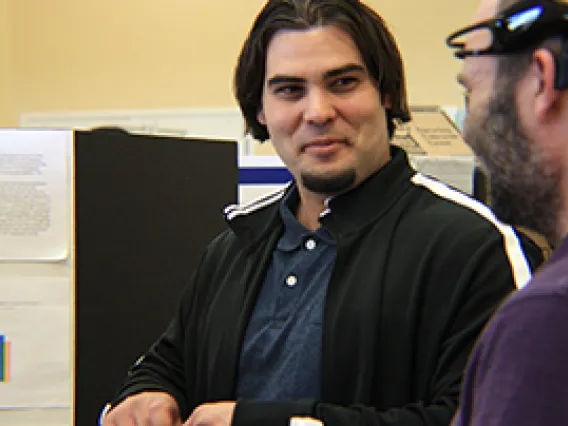
Today
The Mission Continues
On September 20, 2019 the Arizona Board of Regents approved the creation of the College of Applied Science and Technology (CAST). The new college builds on the mission begun by UA South. CAST extends the university’s educational reach across southern Arizona and beyond by providing access to in-demand, career-focused University of Arizona Bachelor of Applied Science (BAS) degrees. CAST is the number one source for BAS degrees at the University of Arizona. Through partnerships with area community colleges and the United States Military, CAST offers degree-completion programs that are both financially and geographically accessible. A wide variety of continuing education programs designed to meet the workforce needs of regional industries are also available.

